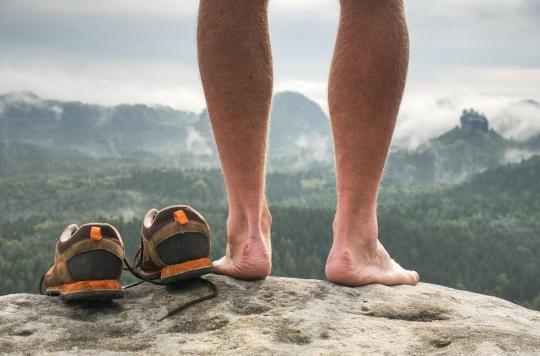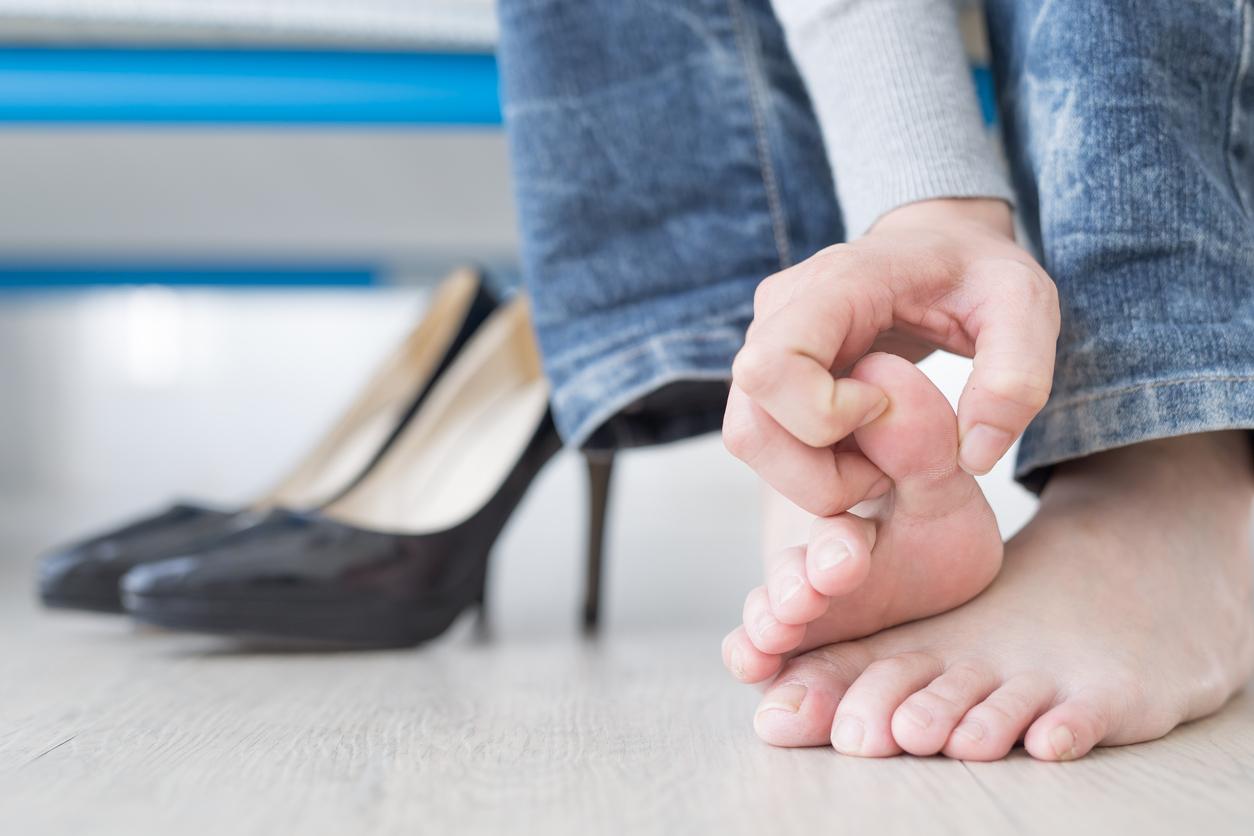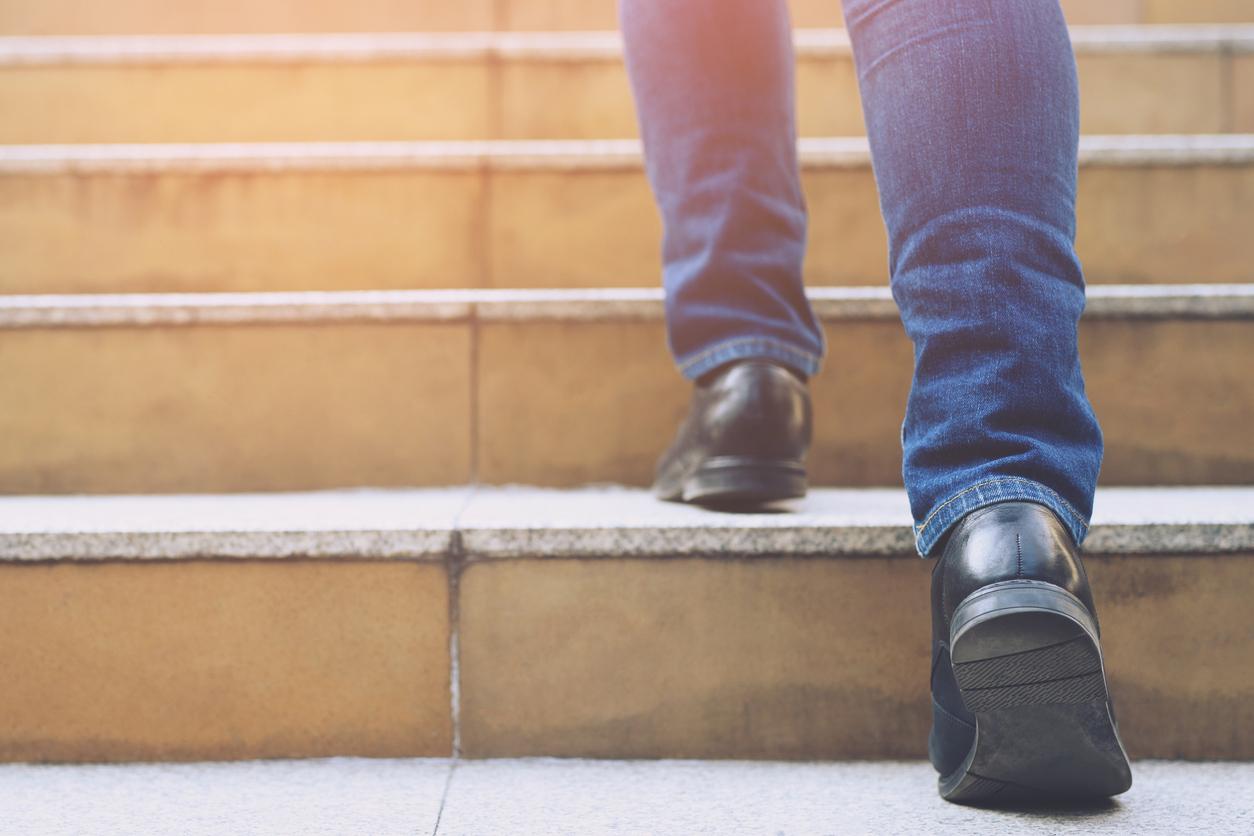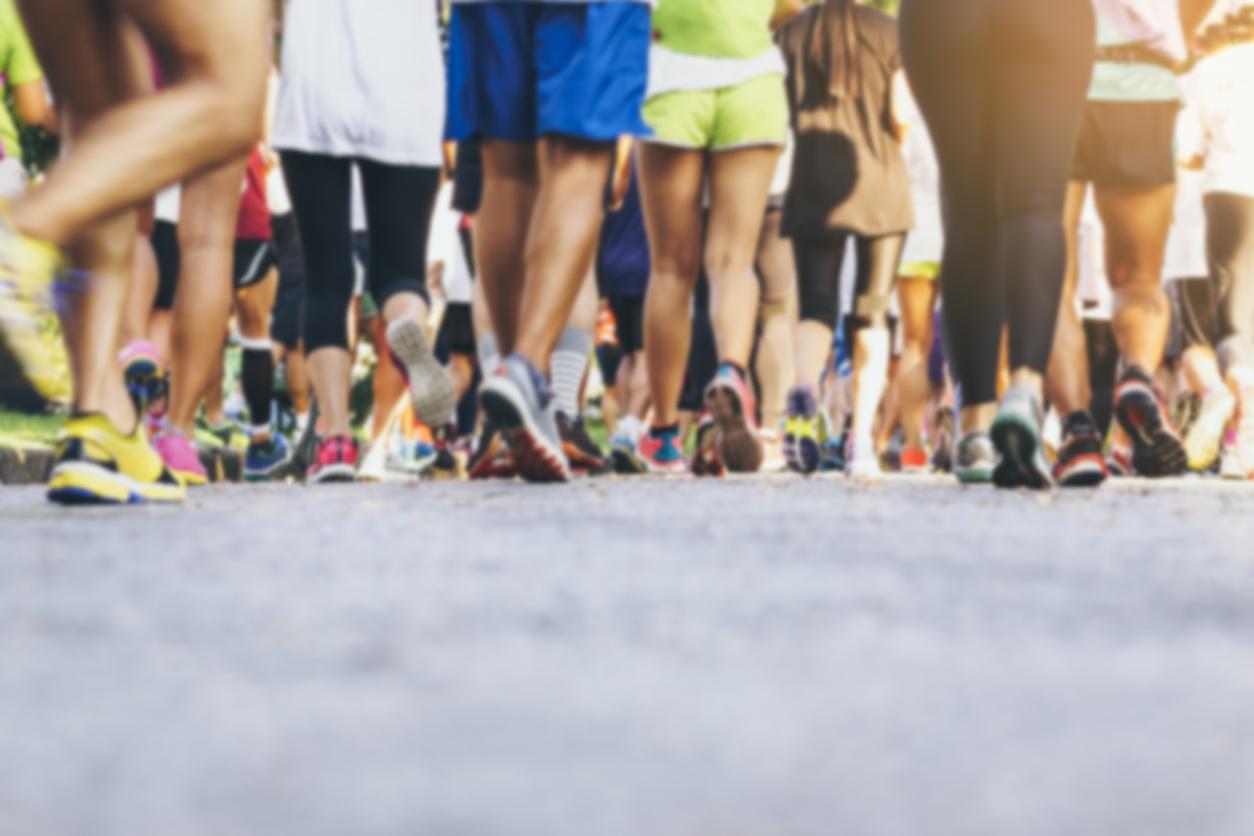Caused by rubbing, blisters can be very painful. A few tips can prevent and cure them!

- The medical name for the blister is phlyctene.
- People with diabetes should be especially vigilant, as poor blood circulation in their feet increases the risk of infection.
- Hydrocolloid dressings can be placed when the skin is raw, they can be kept for several days and facilitate healing.
The bulb is the enemy of the hiker, and even sometimes of simple summer walks. Painful, it can take time to heal, and in the meantime risks becoming infected. By taking a few precautions before going for a walk, it is possible to avoid them.
Suitable shoes
Whatever distance you want to walk, you need a pair of shoes adapted to the morphology of your feet. They must maintain them correctly, without tightening them, with well laced laces. Before using them for a long walk or hike, it is important to wear them several times for short periods, so that they adapt to your feet. “Prefer soft leather shoes, light and without seams: it allows better support, avoids friction and excessive perspiration“, adds theHealth Insurance. Socks suitable for walking, without holes, that do not constrict and that wick sweat well are necessary for going on a long walk / hike.
Hydrated feet
Blisters are more likely to appear on feet that are not prepared for exercise. By walking or running regularly, it naturally decreases. But you also have to take care of your feet by moisturizing them sufficiently. Anti-irritation creams can be applied in the days preceding a hike and on D-Day. They allow the feet to be well prepared. Some also recommend putting talcum powder in hiking shoes to limit humidity.
Act at the first signs
If you notice that your skin has reddened on an area of friction, you must place a bandage to protect the area and prevent the blister from forming. In any case, take advantage of the breaks to air your feet and dry them. Excessive perspiration can promote the appearance of blisters.
How to react in the event of a blister?
The main risk associated with blisters is infection. Treatment varies depending on the type of blisters. If it is small and closed, theHealth Insurance advises against piercing it, but recommends protecting it with a bandage during the day and removing it at night to dry the blister. Obviously, you should stop wearing the shoes that caused the chafing, until the area has completely healed.
In the case of a large, closed blister, you should wash your hands, then pierce it with a disinfected or heated needle. By gently pressing, the liquid present in the bulb will be evacuated. Then you have to disinfect the area, without removing the dead skin because it acts as a natural protection. During the day, a bandage will prevent new friction, but again, it must be removed at night to allow the blister to dry.
In cases where the bulb is shredded, it must be disinfected, always leaving the dead skin and protecting. If there are signs of infection, such as discharge of pus or fever, it is necessary to consult a doctor.

.

















